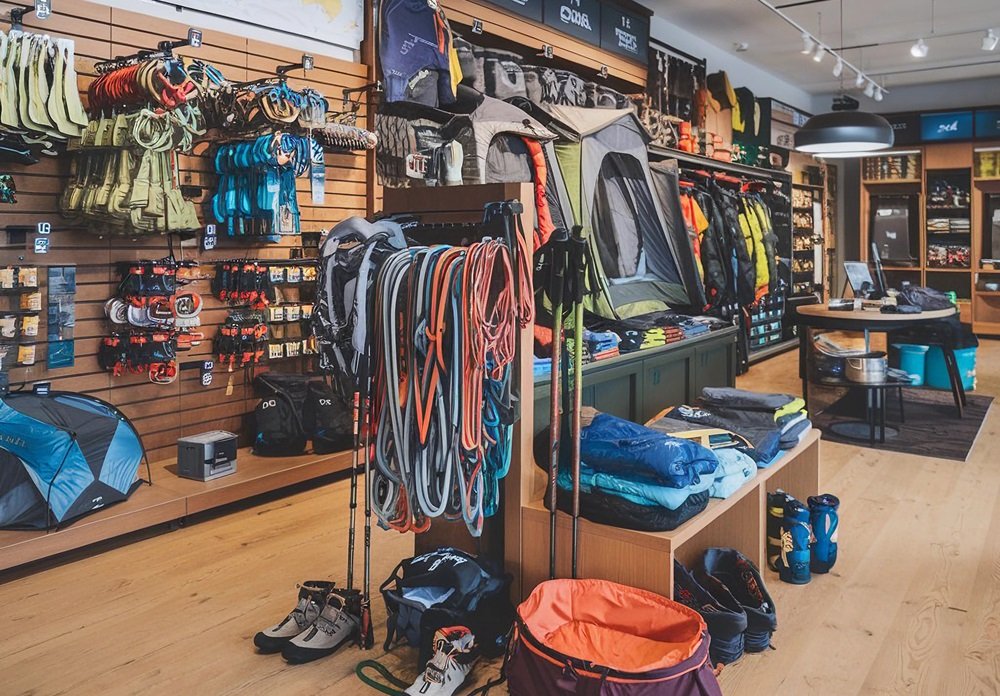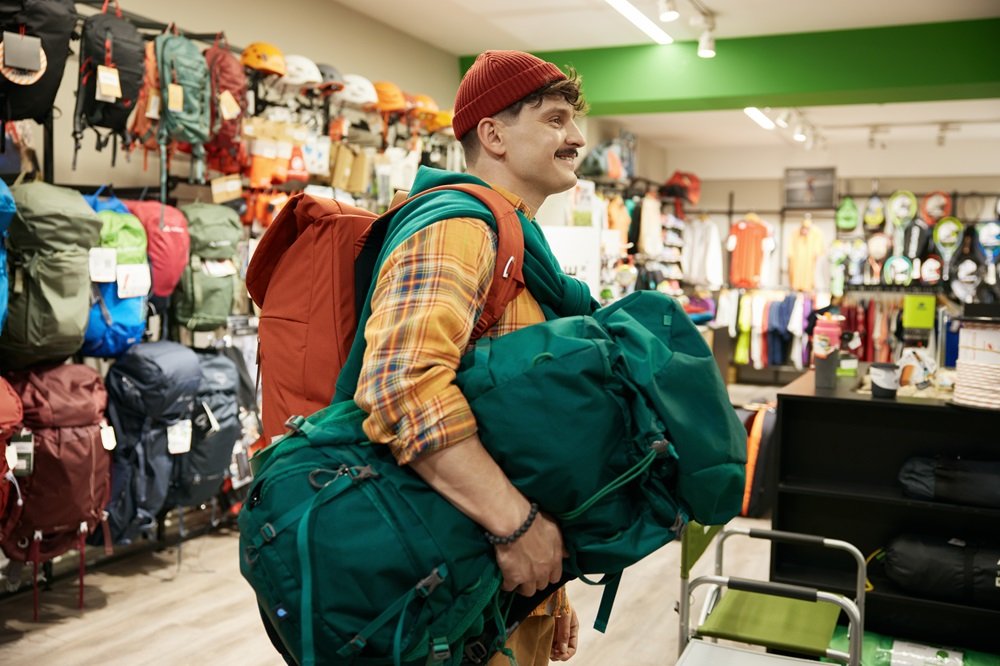When you’re scrolling through endless pages of camping gear for sale, you might wonder why that simple sleeping bag costs as much as your monthly grocery bill.
Let’s pull back the curtain on the camping industry’s pricing strategies and discover what retailers don’t want you to know about the true value of outdoor equipment.
The Markup Mystery: Understanding the Real Costs
The camping industry operates on an average markup of 200-300%, according to recent market analysis data from the Outdoor Industry Association.
That $200 tent you’re eyeing? It likely costs around $50-70 to manufacture. But before you get too frustrated with retailers, let’s break down why these markups exist and, more importantly, how you can work around them.
The Price Pyramid: Breaking Down Your Purchase
| Cost Component | Percentage of Final Price |
| Manufacturing | 25-35% |
| Transportation | 10-15% |
| Marketing | 15-20% |
| Retailer Margin | 45-55% |
The Season Game: Timing Is Everything
Here’s something the industry doesn’t advertise: camping gear prices fluctuate by up to 40% throughout the year.
The highest prices typically appear in early spring, just as camping season kicks off. If you’re willing to plan ahead, you can score significant savings by:
- Off-season purchasing: Buy winter camping gear in summer and summer gear in winter. Retailers often slash prices by 30-50% during these periods to clear inventory.
- End-of-model-year sales: When new versions of popular gear launch (usually early spring), previous models get heavily discounted despite often having minimal differences from newer versions.
The Brand Premium: What’s in a Name?
Let’s talk about something controversial: brand premium. Studies show that leading outdoor brands command price premiums of 40-60% over comparable generic products.
But here’s the kicker: many premium and budget brands source materials from the same manufacturers.
The Quality Equation
When you pay more for a branded product, you’re often getting:
| Feature | Worth the Premium? |
| Quality Control | Usually Yes |
| Warranty Service | Depends on Usage |
| Brand Recognition | No |
| Advanced Features | Sometimes |
The Technology Trap
“Revolutionary” new features often add 25-35% to the price tag without providing proportional value.
Take waterproof breathable fabrics – while high-end membranes like Gore-Tex command premium prices, studies show that many lower-priced alternatives perform nearly as well for typical camping conditions.
The Durability Deception
Here’s a truth that might surprise you: More expensive doesn’t always mean more durable.
Research from independent testing labs shows that mid-range gear often performs just as well as premium options in longevity tests.
The sweet spot for value typically lies in the middle of the price range, where you get:
- Adequate quality materials
- Sufficient manufacturing standards
- Reasonable warranty coverage
The Features You Actually Need
Studies show that campers use only 60% of their gear’s features on average.
Before paying extra for that ultra-lightweight, bluetooth-enabled camping stove, consider your actual needs. A simple, reliable model might serve you just as well at half the price.
Essential vs. Marketing Features
| Feature Type | Value Assessment |
| Core Functionality | High Priority |
| Convenience Features | Case-by-Case |
| Tech Integration | Usually Low Priority |
| Weight Reduction | Depends on Use Case |
The Warranty Worth
Many retailers don’t want you to know that basic warranties are required by law in most places.
Those premium lifetime warranties? They’re often more about marketing than actual value. Data shows that less than 5% of camping gear is ever returned under warranty.
The Real Value Indicators
When assessing camping gear value, focus on:
- Material quality (not brand names)
- Construction methods (look for double stitching, reinforced stress points)
- User reviews from verified purchases
- Price per use rather than absolute cost
Smart Shopping Strategies
Research indicates that informed consumers can save 30-45% on camping gear through strategic shopping. Here’s how:
Price Tracking and Timing
| Season | Average Discount |
| End of Summer | 30-40% |
| Black Friday | 25-35% |
| Winter Clearance | 40-50% |
| Spring Pre-season | 10-20% |
The Quality-Price Balance
Remember this golden rule: The relationship between price and quality isn’t linear.
Studies show diminishing returns after hitting the mid-range price point in most camping gear categories. This means that paying twice as much rarely gets you twice the quality.

Alternative Sources
Here’s something retailers really don’t want you to know: Many high-quality camping products are available through non-traditional channels. Consider:
- Factory outlets: Often sell overstock or slightly blemished items at 40-60% off retail
- Rental gear shops: Many sell their gently used equipment at significant discounts
Making Informed Decisions
Before making your next camping gear purchase, ask yourself:
- How often will I really use this?
- What features do I actually need?
- Is this the best time to buy?
- Have I compared prices across different sources?
The Bottom Line
The camping industry operates on high margins and marketing psychology. Understanding these factors puts you in a better position to make value-based purchasing decisions.Remember, the best gear isn’t always the most expensive – it’s the gear that meets your needs at the right price.


